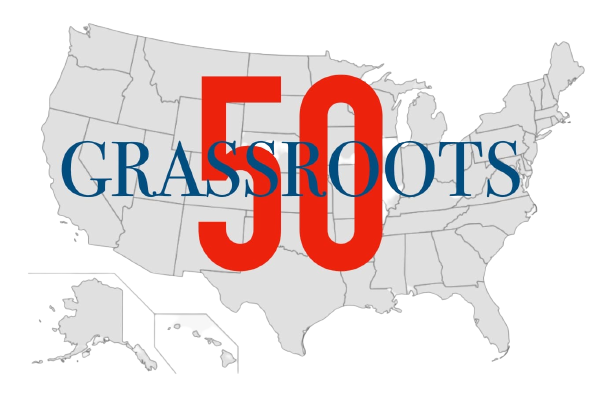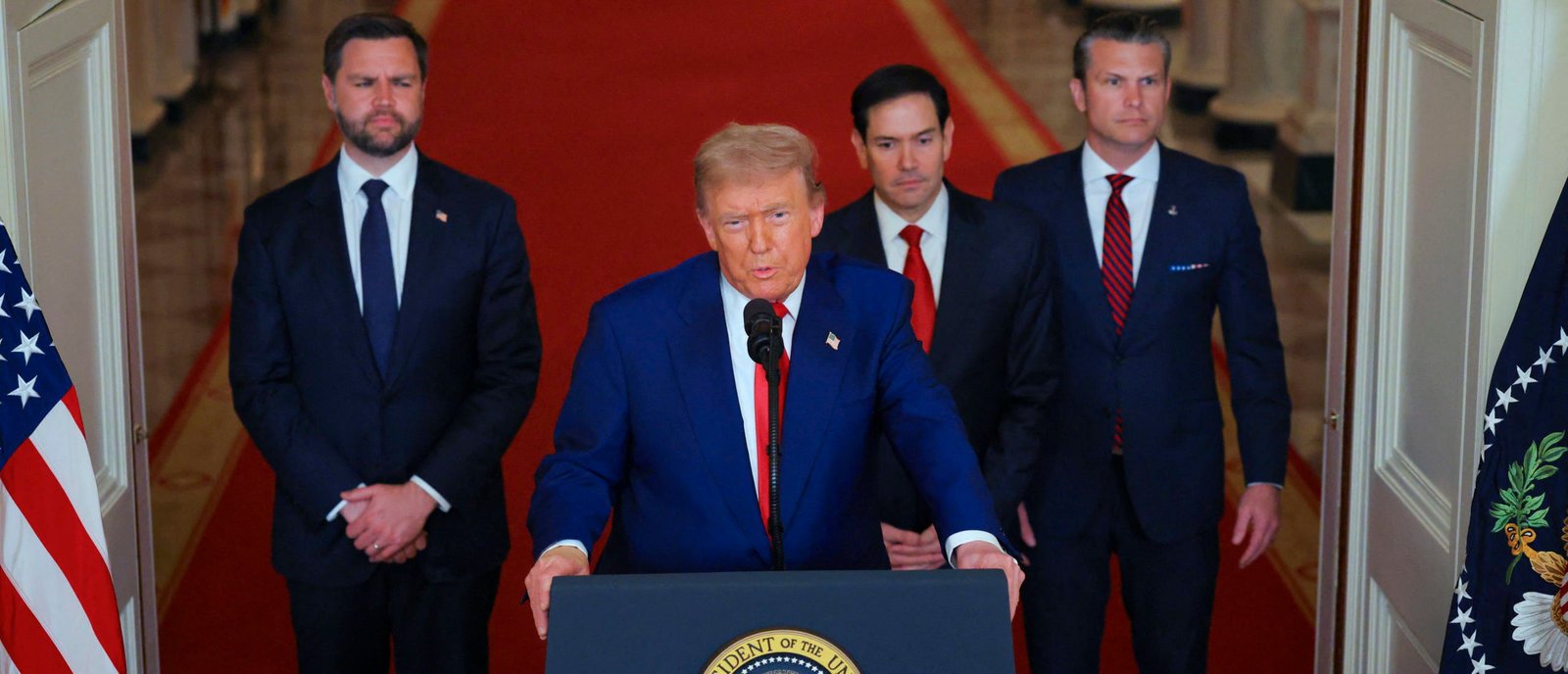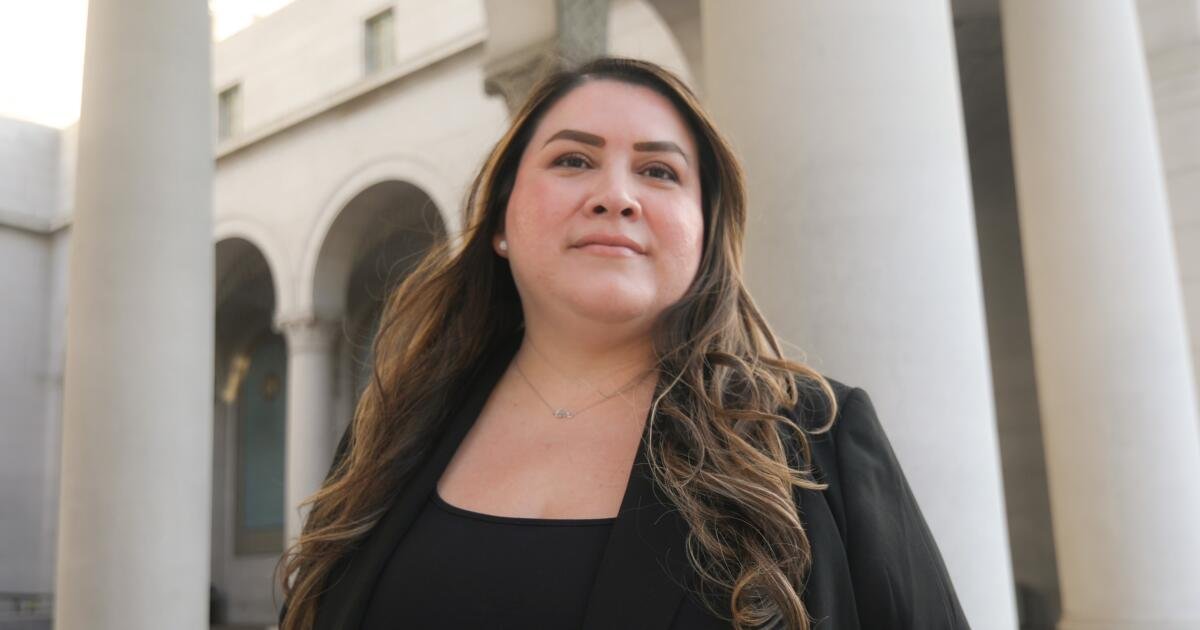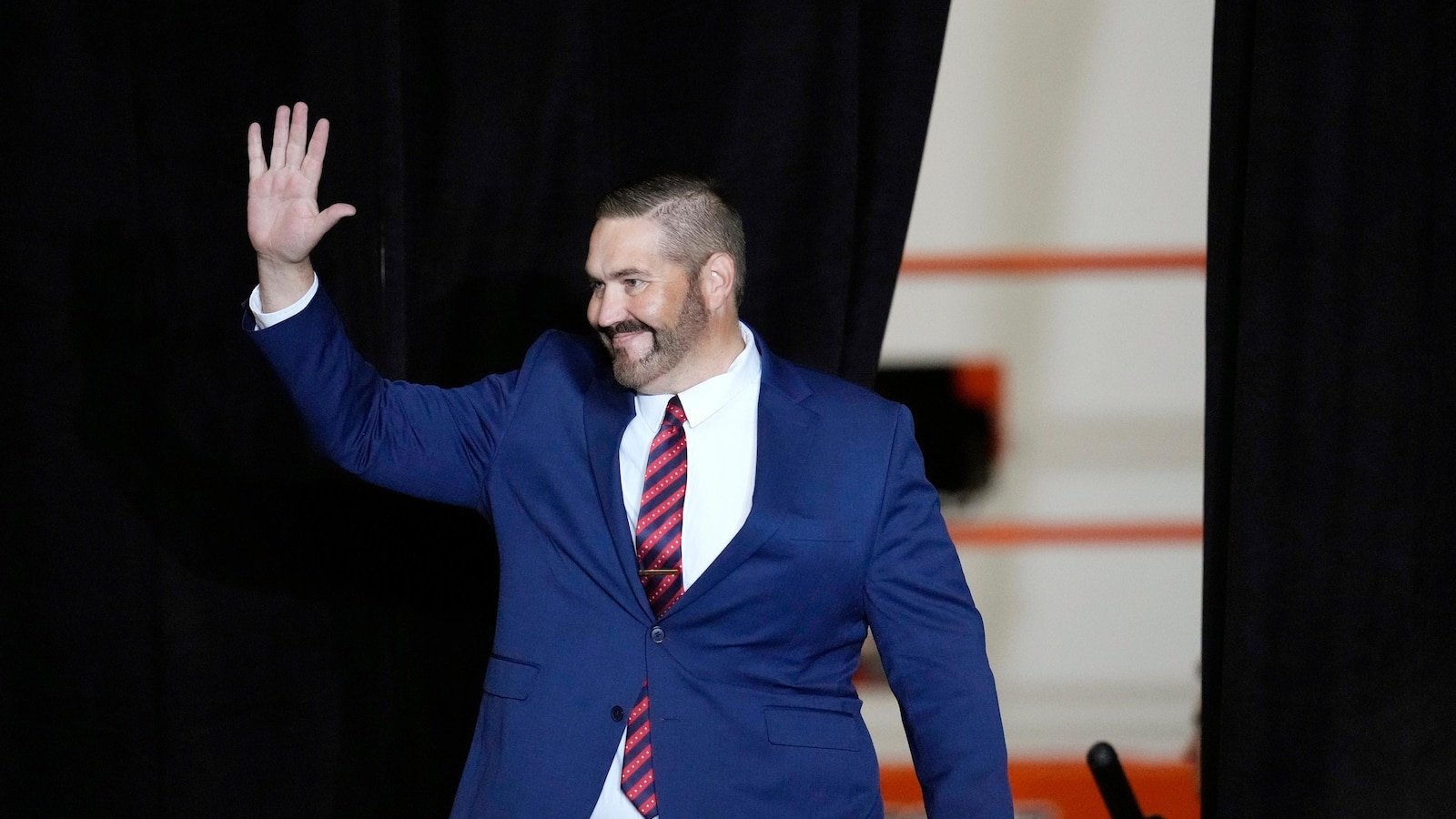Local leaders in southern Arizona are clashing over the details of a new regional transportation plan scheduled to go to voters in 2025.
With the 20-year transportation plan and half-cent sales tax approved by Pima County voters in 2006 about to expire, local leaders are trying to avoid losing millions of dollars on transportation projects in the region. , new proposals need to be presented to voters.
“We're a long way from reaching a settlement on the plan,” said Marana Mayor Ed Honea, a member of the nine-member Regional Transit Authority board.
The board hopes the plan receives a robust public review before the May 2025 election.
Critics say the Transportation Commission has a lot of work to do without agreement on the project or construction schedule.
Southern Arizona:First express bus route opens in Tucson.This is where you can ride
Tucson 'not satisfied' with draft plan
At the most recent RTA board meeting on January 25, Tucson Mayor Regina Romero requested a return on investment from a new RTA plan called RTA Next to Tucson voters.
According to the county, Tucson accounts for more than half of the county's population and a large share of its economic activity.
“I'm not satisfied with the amount of money that's being paid in transit. I'm not satisfied with the amount that Tucson taxpayers are paying for major corridor sections,” she said, referring to a major list of road improvement projects.
Transportation projects in the RTA Next plan include the continuation of existing RTA-funded public transit services and bus route expansion totaling $610 million out of a budget of $2.34 billion.
Romero also told the board that the city of Tucson would like some money in the new program to go toward road repairs. Representatives from other jurisdictions say they use their own funds to maintain roads, but Romero was unmoved.
“Pavement preservation to maintain our capital is a priority for Tucson…This is an investment from RTA1 paid for by the taxpayers of this region,” she said, adding that by not planning ahead and protecting taxpayers' investment, added that it was “irresponsible.”
Tucson has been critical of the RTA board, even threatening to step down from the board in 2022.
The city decided to remain in the project after a series of demands were met, including expanding voting rights and addressing a lack of funding for projects due to increased construction costs.
What projects are included in RTA Next?
RTA Next's current draft, submitted to the board for consideration by a working group, includes dozens of transportation and transportation options around Pima County, from road modernization and widening to bike lanes, interchanges and wildlife integration. Infrastructure projects are listed.
Tucson has requested dozens of projects, including modernizing roads and adding crosswalks and bike lanes. For example, he requested pedestrian improvements to Broadway and Speedway boulevards.
Several projects in Oro Valley are also on the plan, including improvements to Lambert Lane, a major east-west road. Sahuarita included the Sahuarita Road intersection improvement project and safety improvements on Old Nogales Highway.
Pima County, the Arizona Department of Transportation and other cities have also submitted projects to the jurisdiction.
Marana expresses concern over delays and lack of flexibility
Marana representatives expressed concern that one of the three corridor projects, the Cortaro Road/I-10 interchange improvements, would likely be delayed another 10 years under the current plan.
Cortaro Road is a busy road in north Tucson.
Although the proposed project schedule has not yet been finalized, Honea said concerns about delays for large projects are overdue, given the small amount of debt service funds included in the plan. He said there was. The current draft plan allocates $37 million for debt repayment.
“If you limit the bond, that project will be pushed back seven or eight years,” he says.
Honea also criticized the plan for not including a contingency fund.
Contingency funds are used to protect a project from inflation, economic downturns, lack of revenue, and other unexpected expenses. No emergency funding is proposed, according to the Pima Association of Governments.
The RTA plan, passed in 2006, had a reserve fund that became an issue in 2009 when the U.S. recession hit and tax revenues fell. In response, the board used community funds from the Pima Association of Governments to pay for his RTA project.
Honea said if these regional funds were used for RTA Next, they would not be available for emergencies such as washed away bridges and roads.
Leaders clash over plan transparency
Some community leaders criticized the draft plan for its lack of flexibility in using funds for certain types of projects, such as the “safety improvements” and “active transportation” categories. These include adding bike paths, strengthening sidewalks, and improving pedestrian safety.
It has been noted that funds in these categories are typically not set aside for specific projects, but for future needs. citizen advisory committee. Voters will be asked to approve the budget by category, but not which projects are included, the commission said.
But under the current proposal, all of the money would be used for dozens of projects already listed, and some leaders fear they won't be able to use the money for future needs.
Arizona Transportation Commission Commissioner Ted Maxwell and others said they liked the idea of identifying some projects in the safety improvement and active transportation categories, but did not support spending all the money on those projects. Stated.
“If you just fill it with projects, you lose flexibility. If you do (projects) right away, in 20 years you won't have the money to fix them,” Maxwell said.
Sahuarita Mayor Tom Murphy said once the projects on the list use up all the funding, unincorporated areas such as Green Valley, Arivaca, Vail and Abra Valley, which have few road improvement projects in that category, will also be affected. He said it could have an undue influence.
“You can't get designated projects unless you have categorical slots with some flexibility,” he said, adding that residents of unincorporated areas can't get support for the plan without projects from the community. I asked the board how I could request this.
Romero pushed back on the issue, reiterating that Tucson voters want to know what they're voting for and that safety and active transportation projects are important to them.
“I think it's good practice to be as clear and transparent as possible with voters so that we can get a good return on investment for all taxpayers in the region,” Romero said.
The board plans to meet two more times this year and continue discussions in March.
Here's where to contact the reporter: sarah.lapidus@gannett.com. The Republic's southern Arizona coverage is funded in part by a grant from Report for America. Support Arizona news coverage with a tax-deductible donation. supportjournalism.azcentral.com.
















